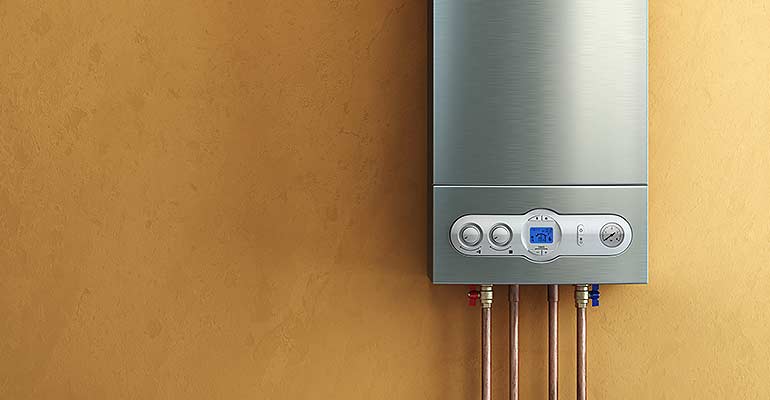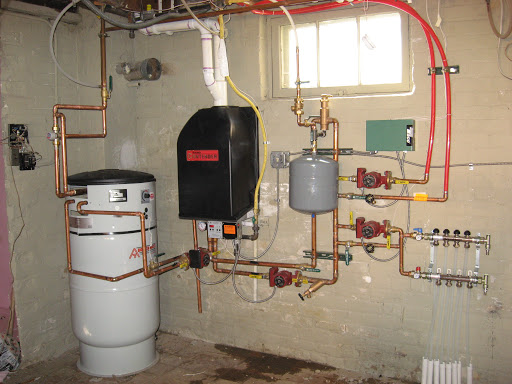They are making a few great pointers regarding Tips For Maintaining Your Hot Water Heater overall in the content down below.

Hot water is crucial for everyday comfort, whether it's for a refreshing shower or washing recipes. To guarantee your hot water system runs effectively and lasts longer, routine maintenance is vital. This article provides functional suggestions and insights on how to maintain your home's hot water system to prevent disruptions and expensive repair work.
Introduction
Keeping your home's warm water system could appear difficult, but with a couple of easy actions, you can ensure it runs smoothly for many years to find. This overview covers whatever from recognizing your hot water system to do it yourself upkeep suggestions and knowing when to employ professional assistance.
Significance of Preserving Your Hot Water System
Normal upkeep not only prolongs the lifespan of your hot water system however also ensures it runs effectively. Disregarding maintenance can result in reduced efficiency, greater energy expenses, and also early failure of the system.
Indicators Your Warm Water System Needs Upkeep
Knowing when your warm water system needs focus can avoid significant concerns. Look out for indications such as irregular water temperature level, unusual sounds from the heater, or corroded water.
Understanding Your Warm Water System
Before diving into upkeep jobs, it's valuable to recognize the standard parts of your hot water system. Usually, this consists of the water heater itself, pipelines, anode poles, and temperature controls.
Monthly Maintenance Tasks
Routine monthly checks can help catch small problems before they intensify.
Purging the Hot Water Heater
Purging your water heater removes sediment build-up, boosting performance and prolonging its life.
Checking and Changing Anode Rods
Anode poles avoid rust inside the storage tank. Checking and changing them when broken is critical.
Inspecting and Changing Temperature Settings
Adjusting the temperature settings guarantees optimal performance and safety.
DIY Tips for Maintenance
You can do numerous upkeep tasks yourself to keep your warm water system in leading problem.
Looking for Leaks
Regularly inspect pipelines and links for leakages, as these can result in water damage and higher bills.
Examining Pressure Alleviation Valves
Evaluating the pressure safety valve guarantees it functions correctly and stops extreme stress build-up.
Protecting Pipelines
Insulating warm water pipelines reduces warmth loss and can conserve energy.
When to Call a Specialist
While DIY upkeep is helpful, some issues require specialist know-how.
Complicated Problems Requiring Specialist Assistance
Examples consist of major leakages, electric issues, or if your water heater is constantly underperforming.
Routine Professional Maintenance Perks
Specialist maintenance can include detailed assessments, tune-ups, and making certain compliance with safety and security requirements.
Conclusion
Routine maintenance of your home's warm water system is vital for performance, durability, and cost financial savings. By following these ideas and knowing when to look for specialist help, you can guarantee a reliable supply of hot water without unanticipated interruptions.
Water Heater Maintenance Tips
Test the TPR Valve
- Shut off the power and the cold-water supply valve.
- Place a bucket under the pipe connected to the temperature-pressure-release (TPR) valve on the top or side of the tank. (This valve opens if the tank pressure gets too high.)
- Lift the valve’s tab to let some water out, then let go. If water keeps flowing, drain the tank partway, unscrew the old valve with a pipe wrench, and install a new one.
Check the Anode Rod
- Put a hose to the tank’s drain cock and let out a few gallons of water.
- Now fit a 1 1/16-inch socket onto the rod’s hex head on top of the heater (or under its top plate) and unscrew the rod. If it’s less than ½ inch thick or coated with calcium, buy a new one, wrap its threads with Teflon tape, put it back in the tank, and tighten securely. Use this segmented rod if headroom above the tank is limited.
Drain the Tank and Wash Out Sediment
- Drain the remaining water in the tank into the bucket, then stir up the sediment on the tank’s bottom by briefly opening the cold-water supply valve. Drain and repeat until clean water comes out of the hose.
- Close the drain cock, refill the tank, and turn its power back on.
Adjust the Temperature
- Find the temperature dial on the side of the tank and unscrew its cover. Adjust the dial to 120 degrees using a flathead screwdriver. For every 10 degrees the temperature is lowered, you can expect to save up to 5 percent in energy costs.
- Turn the water heater off or the thermostat down to its lowest setting if you plan to be away from home for more than three days.
Insulate the Pipes
- Buy some self-sticking 3/8-inch-thick foam pipe insulation that matches the pipes’ diameter.
- Slide the foam over the hot-and cold-water pipes as far as you can reach. Insulating the cold-water pipe prevents condensation in summer.
- Peel the tape and squeeze the insulation closed. If the pipe is 6 inches or less from the flue, cover it with 1-inch-thick unfaced fiberglass pipe wrap.
https://www.thisoldhouse.com/plumbing/21016402/how-to-maintain-a-water-heater

I am just very interested in Tips For Maintaining Your Hot Water Heater and I really hope you enjoyed reading the new blog post. You should pause to distribute this blog if you enjoyed reading it. Kudos for being here. Please visit our website back soon.
Go Services
Comments on “Expert Tips on Maintaining Your Home's Hot Water SystemCaring for Your Home's Hot Water System: Important GuidelinesEssential Care Tips for Your Home's Hot Water System”